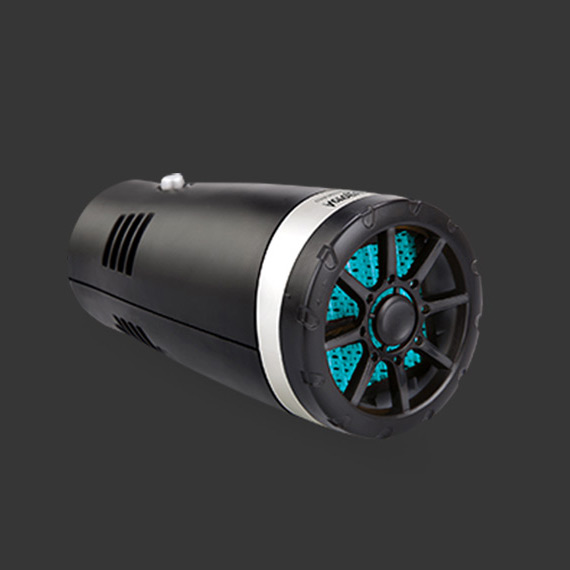handbrake cables
Understanding Handbrake Cables Function, Maintenance, and Troubleshooting
Handbrake cables are an essential component of a vehicle's braking system, ensuring that the parking brake operates effectively to secure the vehicle when parked. Often taken for granted, these cables play a critical role in the overall safety and functionality of automotive braking systems. This article delves into the function, maintenance, and troubleshooting of handbrake cables, providing both car enthusiasts and everyday drivers with valuable insights.
Function of Handbrake Cables
The handbrake, also known as the parking brake or emergency brake, operates independently of the primary braking system. It is primarily engaged when the vehicle is stationary, preventing it from rolling away. The handbrake cable connects the handbrake lever inside the vehicle to the brake mechanism at the wheel, typically the rear brakes. When the driver pulls the handbrake lever, it tightens the cable, which in turn engages the brake shoes or pads.
There are usually two cables involved, one running to each rear wheel. This dual-cable setup ensures even distribution of force, making the handbrake more effective and responsive. In modern vehicles, especially those with disc brakes, handbrake mechanisms may also utilize a separate caliper design that incorporates the handbrake function, further enhancing performance.
Maintenance of Handbrake Cables
Like many components of a vehicle, handbrake cables require regular maintenance to ensure they function correctly
. Here are a few key aspects to consider1. Inspection Regularly inspect the handbrake cables for signs of fraying, rust, or damage. Cables can wear over time due to exposure to moisture, road debris, and environmental elements. Look for any signs of corrosion, particularly at connection points.
2. Lubrication Handbrake cables can benefit from periodic lubrication. This helps reduce friction within the cable sheath, allowing for smoother operation of the handbrake. Ensure you use a suitable lubricant that does not attract dirt or grime.
handbrake cables

3. Adjustment Over time, handbrake cables can stretch, leading to a decrease in effectiveness. Periodically check the cable tension and adjust it as needed, typically using an adjustment nut located near the handbrake lever. A properly adjusted handbrake should engage within a few clicks and hold the vehicle securely.
4. Replacement If you notice significant wear or damage to the cables, it’s crucial to replace them immediately. Continuing to use frayed or rusted cables can lead to complete failure of the handbrake system, posing a serious safety risk. Replacement cables are often specific to vehicle models, so ensure you obtain the correct parts.
Troubleshooting Common Issues
If you encounter problems with your handbrake, it’s essential to identify the root cause. Here are some common issues and potential solutions
- Handbrake Won't Hold If the handbrake fails to hold the vehicle in place, this could be due to stretched or worn cables. Begin by checking the cable tension and adjusting if needed. If the problem persists, inspect the brake shoes or pads for wear and replace if necessary.
- Handbrake Sticking In some cases, the handbrake may stick and fail to disengage fully. This can happen if the cables are rusty or if debris has lodged itself in the mechanism. It’s advisable to clean the affected area and lubricate the cables. If the issue continues, consider replacing the cables.
- Unusual Noises Squeaking or grinding noises when engaging or disengaging the handbrake could indicate a lack of lubrication or misalignment in the system. Inspect the cables and brake components for any signs of wear or malfunction, and lubricate as necessary.
Conclusion
Handbrake cables are a critical yet often overlooked component of a vehicle's braking system. Regular maintenance, including inspection, lubrication, adjustment, and timely replacement, can ensure that the handbrake operates effectively and safely. Understanding how to troubleshoot common issues can save drivers time and money while enhancing vehicle safety. By paying attention to this vital part of your car, you can ensure reliable performance, reducing the risk of accidents and enhancing the driving experience. Remember, a well-maintained handbrake is not just a matter of convenience; it is integral to your vehicle's overall safety.
-
Workings of Clutch Pipe and Hose SystemsNewsJun.04,2025
-
The Inner Workings of Hand Brake Cable SystemsNewsJun.04,2025
-
The Secrets of Throttle and Accelerator CablesNewsJun.04,2025
-
The Hidden Lifeline of Your Transmission Gear Shift CablesNewsJun.04,2025
-
Demystifying Gear Cables and Shift LinkagesNewsJun.04,2025
-
Decoding Clutch Line Systems A Comprehensive GuideNewsJun.04,2025
